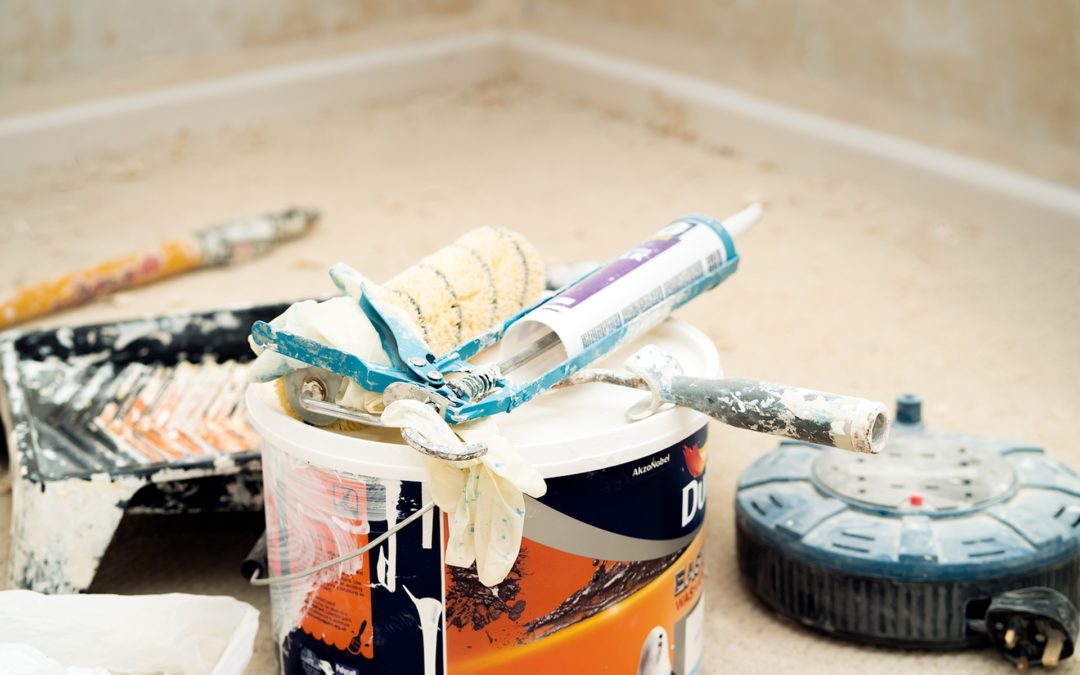Technology is advancing at a rapid rate so it’s no surprise that electronic devices like computers and cell phones are expected to evolve beyond our wildest dreams in the coming years. The recent discovery and subsequent research on graphene, a single layer of graphite that is extremely thin and incredibly durable, is expected to make a significant impact on tech items in the very near future. What’s surprising, however, is that it is also expected to impact a wide variety of other materials across various industries and applications. Incorporating graphene into home improvement and building materials, like caulk, could drastically improve their performance.
Caulk is typically composed in compound form with a single, active ingredient. The most common types are made of silicone, polyurethane, or latex. Each of these materials has a redeeming property that is ideally suited for standard caulk applications. Silicone is flexible, polyurethane is effective throughout a diverse temperature range, and latex is remarkably easy to work with when wet. Graphene has the potential to strengthen these positive properties when used in conjunction with the original material, but it also possesses many of them on its own.
One of the primary functions of caulk is to prevent the permeation of substances. It essentially acts as a barrier, keeping liquids out of places that should remain dry. Research published in the 2012 issue of Environmental Science & Technology showed that graphene oxide proved an effective barrier for both liquid and gas permeants. The substance maintains its flexibility while markedly improving the strength and impermeability of various environmental barriers already in existence. When added to silicone rubber, for example, graphene nanoplatelets were able to maintain the strength, impermeability, and flexibility of the compound in temperatures up to 250 degrees Celcius.
Another caulk-conducive property of graphene is its exceptional absorption of UV light in certain forms. Because caulk is often used to seal areas that are vulnerable to sunlight, it makes sense to combine it with a material that helps to maintain stability during UV exposure. Thermally exfoliated graphite oxides, a specific type of graphene, has been shown to not only absorb UV light but also protect from UV radiation. The additional stability could lengthen the lifespan of caulk in outdoor applications.
As if strength, flexibility, impermeability, and an impressive level of UV light absorption wasn’t enough, some studies report that graphene is able to seal holes…in itself. Graphene is a single sheet layer of graphite, which is an allotrope of Carbon. This means that graphene is basically a sheet layer of carbon molecules one-layer thick. When the sheet is ruptured — a difficult feat given graphene’s immense strength — the undamaged molecules latch on to any carbon atoms nearby, thus restoring the sheet to its original state. If researchers can find a way to incorporate this particular graphene quality into the caulk compounds, the resulting seals would be something akin to a super barrier!
While the idea of a super caulk is appealing, much of the material applications research for graphene is still in progress. Graphene has all the right properties to create a superior caulk, it’s now up to researchers to incorporate those properties into a caulking compound that works.

